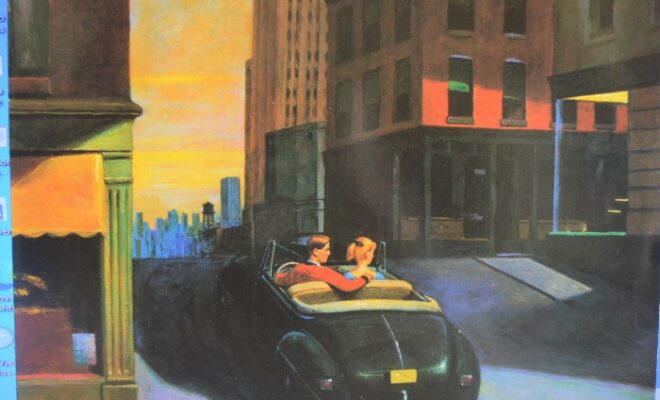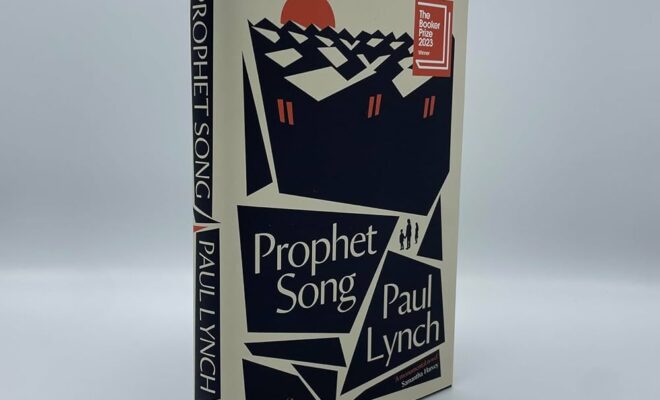‘Must read’ book: Cahokia Jazz – Francis Spufford

A literary writer venturing into crime fiction for the first time. An alternative history featuring a heavy dose of Native American vs African vs Caucasian ethnic struggle written by a white Englishman. A novel over 500 pages. All these are true, and all are reasons to think that Francis Spufford’s Cahokia Jazz might fall flat on its face
Cahokia Jazz imagines an alternative past for an entire continent. A helpful endnote makes the premise clear. In Spufford’s rewritten timeline, a less deadly smallpox variant crosses the Atlantic first. The indigenous populations of North America sicken but recover to enjoy immunity against the deadlier strain. These populations thrive and grow. By 1922 some things are the same — it’s still the era of the speakeasy, the golden age of jazz — but the configuration of the American states looks rather different. There is no St Louis on the Mississippi; instead, we have Cahokia, a city ruled by takouma (native to the continent), where not only taklousa (of African ancestry) but also takata (of European extraction) are in the minority
Every good detective story is, at heart, a licence to roam – an excuse to kick open doors and interview all the suspects. So it is with Cahokia Jazz, which is at least as interested in the investigation of its constructed metropolis as it is in solving the murder of lowly, luckless Fred Hopper, who is found dead on a roof with his heart torn from his chest. The evidence suggests a ritual killing. Suspicion immediately falls on the takouma community. But Hopper, in addition to his day job as a clerk, was embroiled with the Ku Klux Klan and in debt to a bootlegger, and his death quickly points to a wider political conspiracy. Spufford’s invented city – built around the true-life Cahokia Mounds, near a village called St Louis – is a place of blind alleys and dark corners. It’s thick with mystery and in thrall to arcane tribal lore. The majority Native American population holds sway but its position is tenuous: this utopia is revealed to be a tottering house of cards
The case is assigned to two policemen from Cahokia’s homicide department: the wisecracking Phineas Drummond and his old First World War buddy, the big, taciturn Joe Barrow, who swiftly emerges as the hero of the piece. An orphan from Nebraska, he looks takouma but doesn’t speak the local language, Anopa, or know anything about Cahokian customs. For the reader, this makes him the perfect, bewildered guide to the city’s fusion of Jesuit-derived Catholicism and ancient North American tradition. Soon he’s embroiled in a grand saga involving Cahokian royalty (the Man of the Sun and his enigmatic niece, the Moon), big business and seething racial tensions between the takouma Warriors and the Ku Klux Klan
 Cahokia is a fully-realised city, from its trolley buses to its utility companies (these play a big role). Barrow is our impetuous but always moral guide in a week of investigation that takes him from hereditary civic leaders to speakeasies, slaughterhouses and slums. Music is a continual presence in this novel through Barrow’s other life as an accomplished jazz pianist. He’s always thinking about pieces, tapping them out on any flat surface, and joining various combos to sit in. This allows Spufford to get Drummond thinking about where his real loyalties and passions lie. The detective who is perhaps just filling in while he sorts his life out is a refreshing change from the Rankin-esque detective who has sacrificed everything for a small flat, a seat in local, and the job
Cahokia is a fully-realised city, from its trolley buses to its utility companies (these play a big role). Barrow is our impetuous but always moral guide in a week of investigation that takes him from hereditary civic leaders to speakeasies, slaughterhouses and slums. Music is a continual presence in this novel through Barrow’s other life as an accomplished jazz pianist. He’s always thinking about pieces, tapping them out on any flat surface, and joining various combos to sit in. This allows Spufford to get Drummond thinking about where his real loyalties and passions lie. The detective who is perhaps just filling in while he sorts his life out is a refreshing change from the Rankin-esque detective who has sacrificed everything for a small flat, a seat in local, and the job
Spufford is a remarkable writer. His lines are lyrical, creative, and atmospheric. His research is always substantial, but never domineering. His plots twist and turn, surprising and satisfying in equal measure. He is relentlessly original as an author, never raking over old ground, and his narrative nerve that significantly dares to tease our imaginations is to be welcomed for its refreshing generative qualities
Cahokia Jazz is a prime example of his talent. It feels both classic and edgy, familiar but disorientating. It has both pace and depth. The exciting question that we are left with after finishing it is — what next?
Leave a reply
You must be logged in to post a comment.







